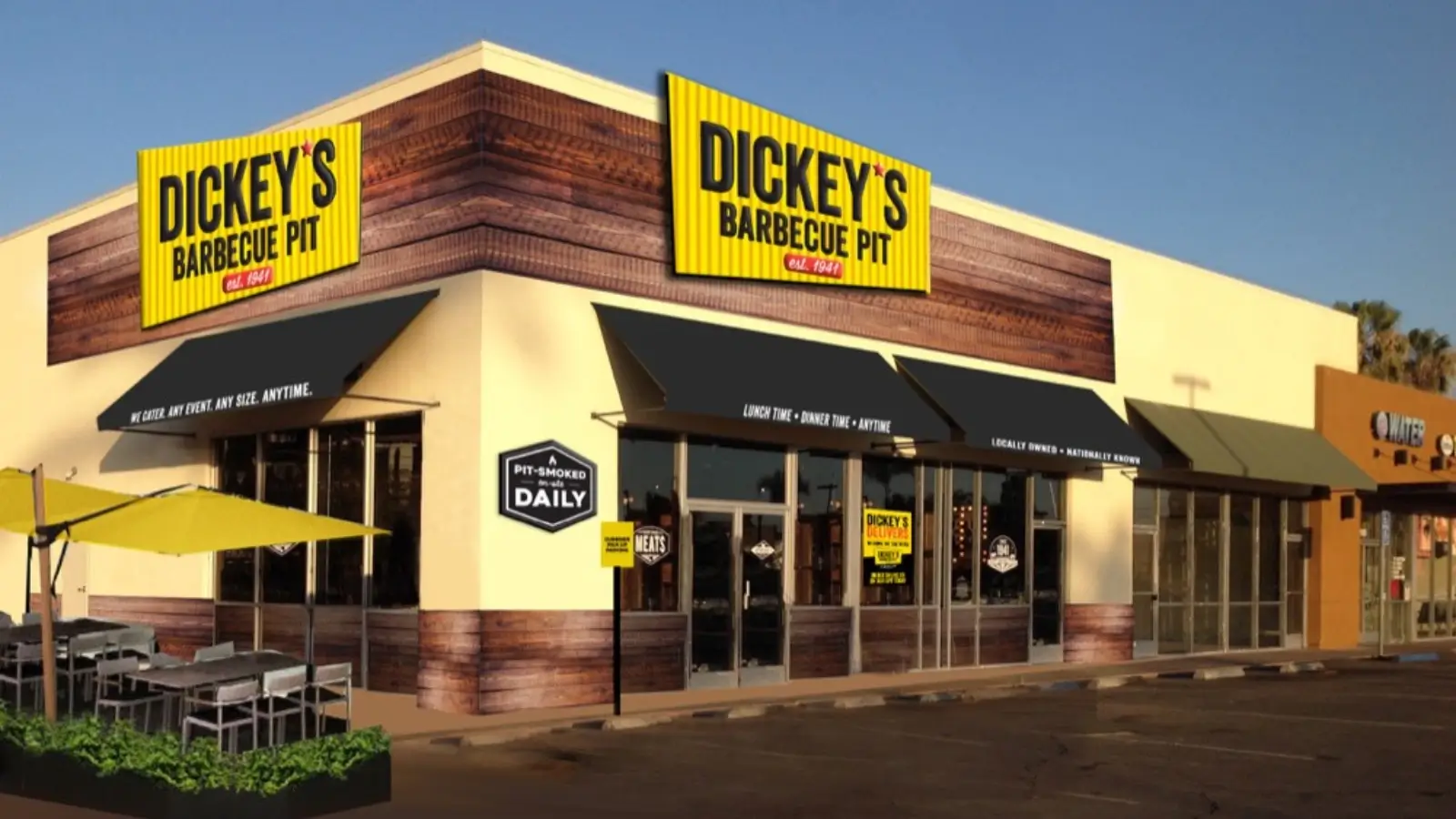


When it comes to investing in a food business, one name that often comes up is Dickey’s Franchise. With over 80 years of history and a presence that spans across the United States and beyond, Dickey’s Barbecue Pit stands as the world’s largest barbecue restaurant brand. But is this franchise a smart investment for aspiring entrepreneurs?
This guide breaks down the background, the business model, the financial considerations, and the pros and cons that investors should weigh carefully before taking the leap.
Founded in 1941 in Dallas, Texas, Dickey’s started as a small family-owned barbecue restaurant. Over the decades, it has grown into the largest barbecue franchise in the world, boasting more than 800 locations globally.
That longevity and scale matter for investors. Unlike emerging concepts that are still being tested, Dickey’s Franchise operates on a proven model that has survived multiple economic cycles, shifts in consumer behavior, and the challenges of scaling internationally.
The family-owned heritage also adds credibility. Many restaurant chains lose their original identity as they expand, but Dickey’s has consistently positioned itself around authentic Texas-style barbecue—a category with broad cultural and culinary appeal.
One of the primary attractions of the Dickey’s Franchise system is the established structure it offers. Entrepreneurs don’t have to reinvent the wheel when it comes to recipes, operations, or supply chain management.
New franchisees benefit from:
This infrastructure lowers the learning curve compared to starting an independent restaurant from scratch. Of course, success still depends on the operator’s execution and the local market, but the support system provides a significant safety net.
Barbecue is more than just a cuisine—it’s a cultural experience. Dickey’s Franchise thrives on a menu built around brisket, ribs, pulled pork, smoked turkey, classic sides, and family packs.
This positions the brand in a unique niche:
For franchisees, this translates into a product that already enjoys built-in demand.
One of the strengths of Dickey’s Franchise is its ability to diversify income sources. Franchisees aren’t limited to dine-in customers alone.
Revenue streams typically include:
Catering is particularly important because it can boost overall profitability and reduce reliance on day-to-day walk-in traffic. This diversification makes the business model more resilient, especially in markets with fluctuating dining habits.
When evaluating any franchise, the startup investment and potential returns are major factors.
Compared to some fast-casual concepts that require millions in capital, Dickey’s Franchise typically comes with a lower entry point. This makes it more accessible for first-time entrepreneurs and smaller investors.
However, costs vary depending on:
It’s important to note that franchisees receive a Franchise Disclosure Document (FDD) at least 14 days before signing, as required by the Federal Trade Commission. This ensures transparency around expected costs, fees, and potential financial performance.
Returns, of course, depend on management, market conditions, and operational efficiency. But many investors point to the lower initial capital requirement combined with multiple revenue streams as a compelling balance of risk and reward.
In today’s restaurant industry, technology is non-negotiable. Dickey’s has leaned into:
This digital backbone is crucial because consumer behavior has shifted heavily toward online and off-premise dining. For new franchisees, having these systems already in place means less time and expense spent on trial-and-error technology adoption.
Another strength of Dickey’s Franchise is its dual focus on global scale and local community integration.
This combination of international reach and local relevance provides a strong foundation for sustainable growth.
No franchise system is perfect, and Dickey’s has faced criticism in the past. Some franchisees have raised concerns about startup costs, vendor relationships, or financial performance.
Common Dickey’s franchise complaints include:
It’s also worth noting that Dickey’s lawsuits have made headlines, usually tied to disputes with former franchisees. These legal challenges have created negative publicity, though the company maintains that they represent a small percentage of its overall franchise base.
For potential investors, the key is due diligence: review the FDD carefully, speak with multiple current franchisees, and evaluate whether the model aligns with personal financial and lifestyle goals.
Despite the challenges, many Dickey’s operators describe their experience as rewarding. Success stories highlight:
These testimonials show that while risks exist—as with any business—there is a clear path to profitability for engaged and well-prepared operators.
According to CEO Laura Rea Dickey, there are three critical factors every franchisee should commit to:
These principles align with what the most successful franchisees consistently demonstrate.
So, is Dickey’s Franchise right for you? The answer depends on your goals, financial readiness, and willingness to commit fully to the business.
On the positive side, the franchise offers:
On the other hand, investors should carefully evaluate startup costs, vendor requirements, and the realities of running a hands-on restaurant business.
For entrepreneurs passionate about food, community, and building a sustainable business, Dickey’s Franchise remains one of the most recognized and respected opportunities in the barbecue restaurant industry.